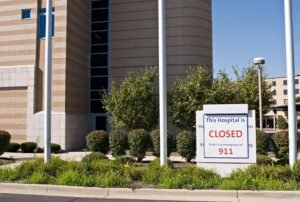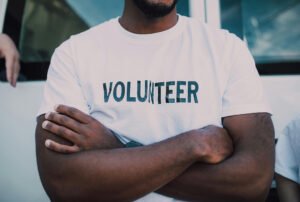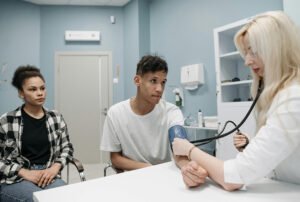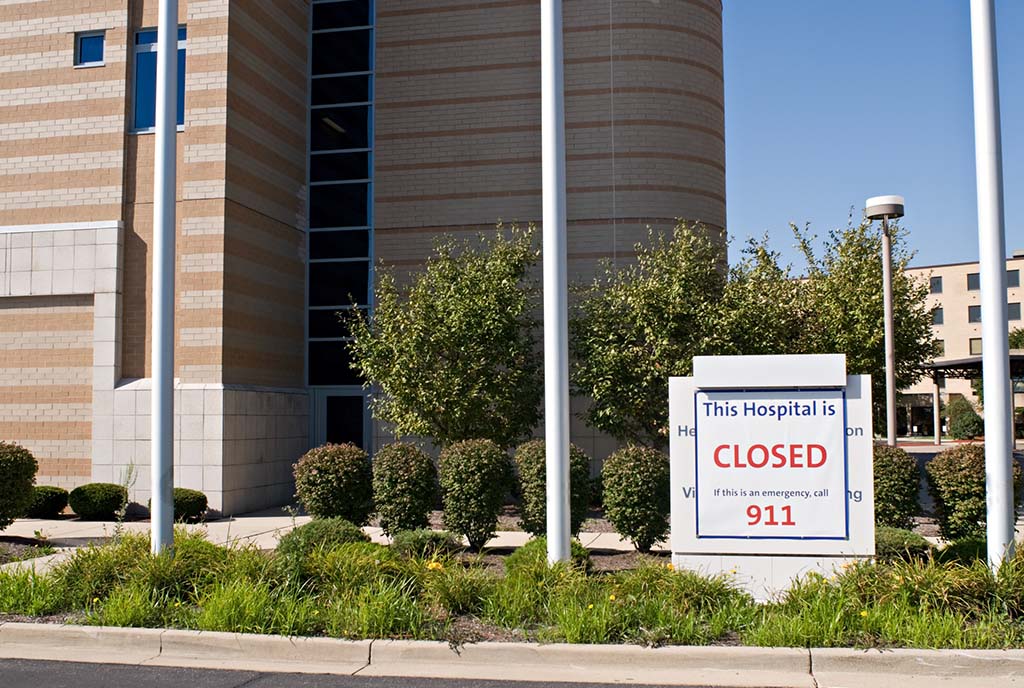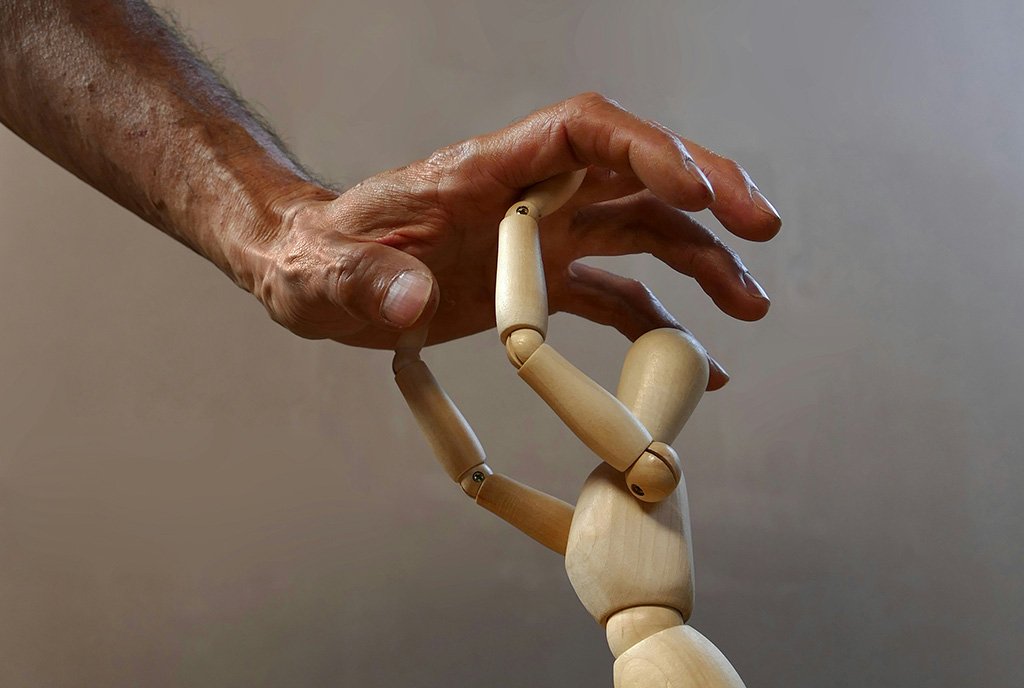October 21, 2014; CNBC
The Kaiser Family Foundation reports that nine out of ten people who lack health insurance are unaware that a new round of open enrollment under the Affordable Care Act begins in November. In addition, two-thirds of the uninsured in a Kaiser poll said they knew little or “nothing at all” about the insurance exchanges where they can shop for and purchase health insurance—and even access federal subsidies. More than half didn’t know about the subsidies at all.
To be fair to the uninsured, the exchanges are not an easy concept to grasp, and that’s aggravated by the inconsistent performance of some of the sites as well as the federal government’s HealthCare.gov. Understanding federal subsidies that might be available to consumers is undermined by the hodge-podge behavior of states accepting or rejecting expanded Medicaid coverage. Experts have problems translating the ins and outs of the Affordable Care Act into easily comprehensible language, or even agreeing on key ACA facts, like how many people got health insurance through the first year of the ACA or how many of those new enrollees were really previously uninsured.
As NPQ has previously pointed out, the first year of ACA saw millions of uninsured sign up for coverage, but those millions might have been much easier to reach than the 42 million people Kaiser and Gallup suggest are still among the ranks of uninsured Americans.
We have pointed out the crucial role of the nonprofit “navigators” who post themselves at places where the uninsured might be found and help them explore what might be available for them on the health exchanges. This year’s open enrollment period, however, will be a challenge for the navigators because it will be only half the length of last year’s six-month window, starting on November 15th but ending on February 15th next year.
Sign up for our free newsletters
Subscribe to NPQ's newsletters to have our top stories delivered directly to your inbox.
By signing up, you agree to our privacy policy and terms of use, and to receive messages from NPQ and our partners.
This is where nonprofit navigators really come in. In year one, they were the largely unsung heroes and heroines reaching people in need. This year, the navigators are going to have to be creative and dogged in their outreach to people who should be getting health insurance coverage but, due to lack of knowledge or fears of cost, are on the periphery of this crucial national social safety net program.
One major dimension of outreach will have to be in rural areas, where access to healthcare systems, including networks of doctors linked to insurance plans, is often tenuous. In South Dakota, the Community Action Partnership is deploying 13 navigators from hubs in Madison, Lake Andes, Aberdeen, and Rapid City plus other satellite locations, and the Community HealthCare Association of the Dakotas will place its navigators in health clinics in Sioux Falls, Howard, Fort Pierre, Rapid City, Isabel, and Elk Point, plus 45 satellite locations.
Another dimension is in reaching people of color, who are overrepresented among the uninsured. A study from the University of Georgia reported that two-thirds of the people who were assisted by navigators in that state such as SEEDCO were people of color, predominantly African-Americans. The UGA study noted that nearly nine out of ten people who received personal assistance from navigators could be characterized as “not financially secure”—that is, they lacked extra money at the end of each month for spending or saving. Without extra cash, people put off doctor visits and tend to be apprehensive about health insurance premiums, co-pays, and deductibles—even though the rate of increases in insurance premiums has slowed under the ACA, and nonprofit competitors such as health insurance cooperatives are offering price-competitive policies. The next layer of uninsured to be enrolled may well be people who are fearful about insurance costs, even though the navigators will help them find ways of accessing affordable coverage.
Despite the valiant outreach of the navigators, setting up shop at food clinics, county fairs, and on street corners, nonprofit navigators in some states may find their efforts hindered by state government. Notwithstanding the oversight of navigators provided by the federal government, conservative opponents in some states are trying to add layers of additional oversight, which they describe as “consumer protection” but the navigators perceive as duplicative and unnecessary. The American Legislative Exchange Council (ALEC) has been circulating a model “Navigator Background Check Act” that conservative state legislators are using in this regard.
Nonprofit navigators are the most significant tool for making the Affordable Care Act accessible to low- and moderate-income households and for people of color. The coming open enrollment period for the Affordable Care Act has tens of millions of potential consumers to be reached. It will be nonprofit navigators doing the heavy lifting to make the ACA a resource available to any and all Americans in need.—Rick Cohen


